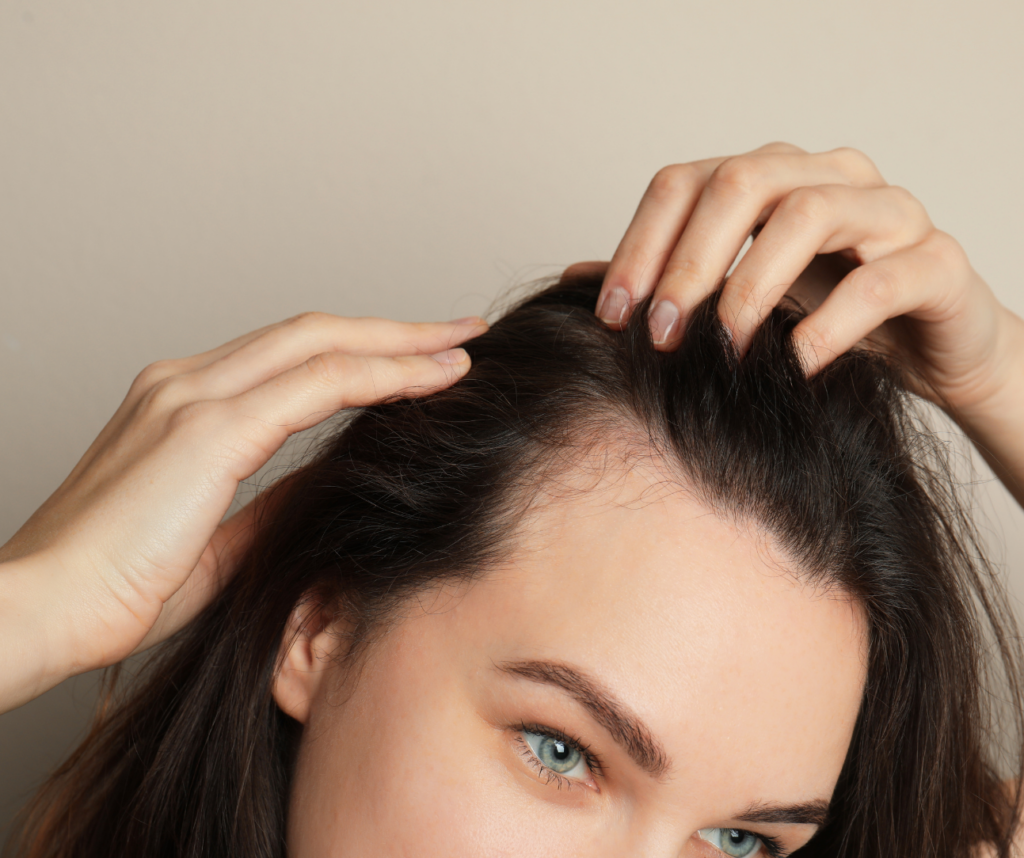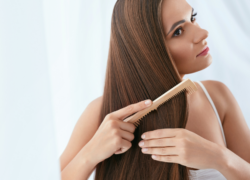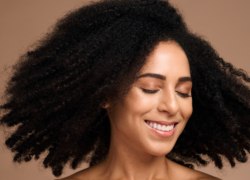
A receding hairline is a common hair loss issue that affects both men and women as they age. It can be a source of concern and self-consciousness for many individuals, leading them to seek effective solutions. Understanding the stages of receding hairlines and the underlying causes is essential for managing this condition and preserving hair health. In this article, we will delve into the stages of receding hairlines, explore the causes of hairline loss, and highlight gender-specific differences in men’s and women’s thinning hairlines.
Stage 1: Initial Signs
The first stage of a receding hairline is often subtle and easy to overlook. Men may notice their hairline beginning to recede slightly from the temples, forming a slight “M” shape. For women, the thinning of the hairline may be more diffuse, leading to wider partings and reduced hair density around the forehead. At this stage, the changes may not be immediately apparent to others, but they are vital signals of potential hair loss issues.
Stage 2: Noticeable Recession
As the receding hairline progresses, it becomes more evident and noticeable. Men will experience a more pronounced “M” shape, with the hairline continuing to recede further back from the temples. The hair at the front of the scalp becomes thinner, and a more defined balding pattern emerges. In women, the hairline may recede further, causing the forehead to appear larger, and the thinning may become more apparent along the top of the scalp.
Stage 3: Deepening Recession
In the third stage of a receding hairline, the hairline continues to recede even more significantly. Men may witness a more prominent bald spot at the top of the head, with the “M” shape deepening. Women may experience a more defined and wider thinning area across the frontal scalp. At this stage, hair loss becomes more noticeable and can significantly impact self-esteem and confidence.
Causes of Receding Hairlines
Several factors contribute to the development of a receding hairline. The primary cause is often genetics, with a family history of hair loss being a significant risk factor. Hormonal changes can also play a role, particularly in men, where dihydrotestosterone (DHT), a hormone derived from testosterone, can lead to hair follicle miniaturization and subsequent hair loss.
Other factors that can contribute to receding hairlines include poor hair care practices, excessive hairstyling, and the use of harsh hair products. Additionally, certain medical conditions, medications, and stress may also trigger or accelerate hair loss.
Women’s Thinning Hairline
While receding hairlines are commonly associated with men, women can also experience hairline thinning. Unlike men, women typically experience a diffuse pattern of hair loss across the scalp, which includes the hairline. Hormonal changes, such as those during menopause, pregnancy, or certain medical conditions, can contribute to hair thinning in women.
It is crucial for women to address hairline thinning promptly, as societal expectations regarding female hair aesthetics can add emotional distress to the already challenging experience of hair loss.
Men’s Thinning Hairline
Men’s receding hairlines are often more conspicuous due to the distinctive “M” shape and the balding pattern at the crown. As mentioned earlier, male pattern baldness is primarily linked to genetic factors and the influence of DHT on hair follicles. It is essential for men to recognize the early signs of a receding hairline and seek professional advice to explore suitable treatment options.
Early detection and timely intervention are essential for better outcomes, so if you or someone you know is experiencing a receding hairline, consider seeking advice from a qualified healthcare professional or a dermatologist specialized in hair loss. With the right approach, it is possible to manage hair loss and regain confidence in one’s appearance.
If you are experiencing a receding hairline, contact the professionals at Parker Trichology Center and Salon for a consultation. We can help you heighten your health and your hair growth experience at our salon in Carrollton, TX. Our certified trichologists will provide you with the holistic approach to health. Contact our salon here or call 214-307-6200 to speak with a stylist today.



